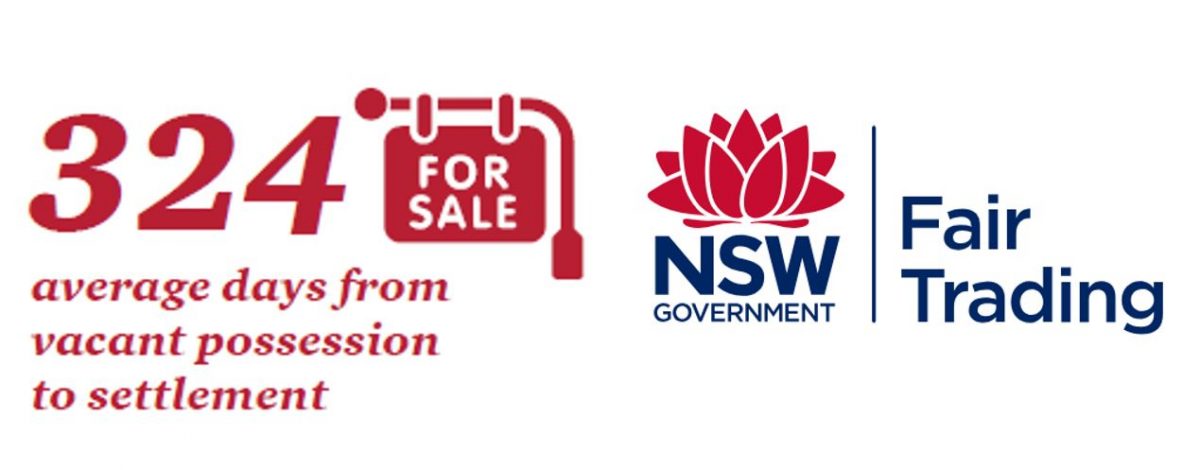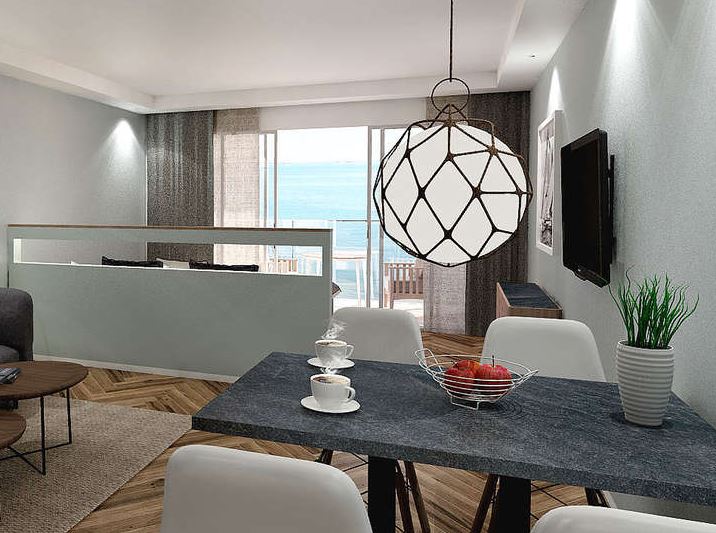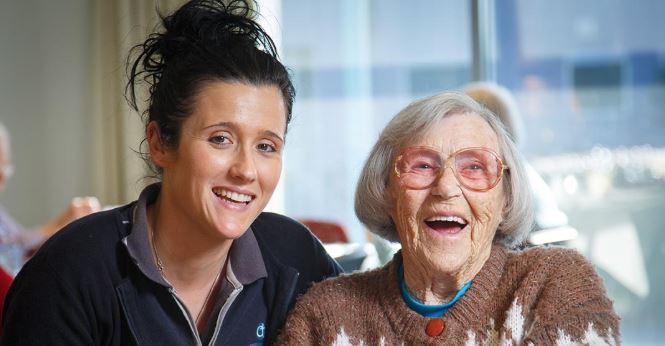The best time to go fishing is when the fish are jumping – and the retirement village buyers should be jumping for the next three months. But are they buyers?
Check out the graph above. This is the sales action for Aveo across about 80 villages for the last two years.
The tall mid blue column is the average weekly appointments potential customers make to visit a village for the three months of that quarter.
The light blue column is the average weekly seen appointments – the number of people who actually turn up.
The dark blue column is the average number of sales made.
We have circled in red the Fourth Quarter – April/May/June. You can see they get more potential customers ‘walking down the drive’.
However the actual sales rates don’t vary that much throughout the year.
For Aveo it averages 19 sales a month, every quarter.
This makes sense because things happen in people’s lives every month, causing them to consider downsizing from the family home to a safer, more supportive community.
The moral: treat every month as a peak selling month.
What should be the sales ratio to enquiry?
The Aveo figures are interesting. They currently get approximately 180 people each week making an appointment to visit a village. 120 people actually show up – that 66%. From those 120 people around 19 actually buy; that is 16% or just under one in every six that walks down the drive.
Compared to normal residential sales that is a really good ratio. Imagine a real estate agent who knew he only had to show six people a home to get a sale.
On the other hand, there are village marketers that average one in three inspections generates a sale. Maybe their villages present better.
In our opinion the key selling feature is you, the village manager. It makes sense that if you are positive and confident about the product you represent customers will be reassured they are making a good decision – especially as you will be staying with them in their journey, unlike most salespeople.










